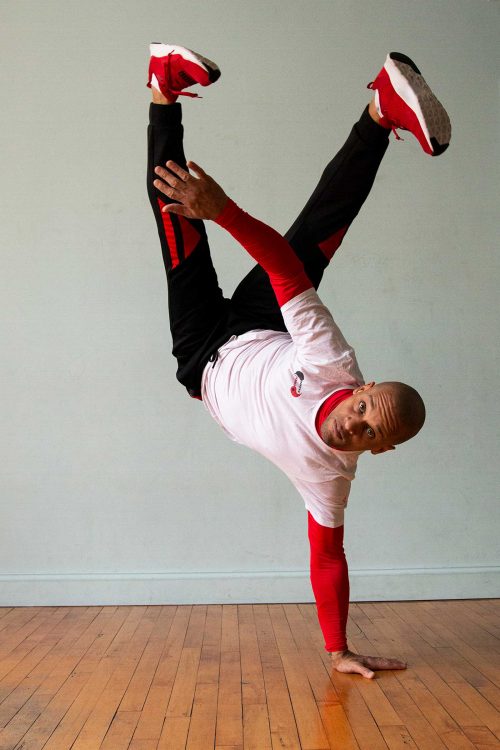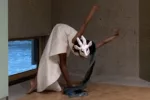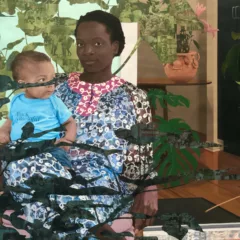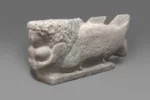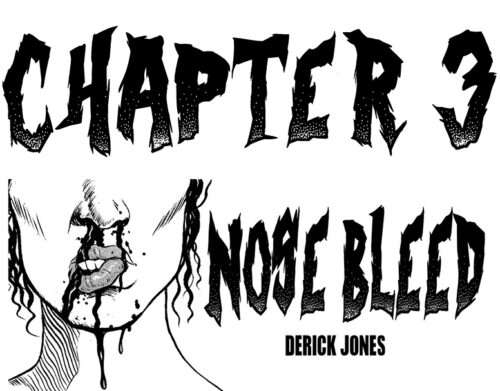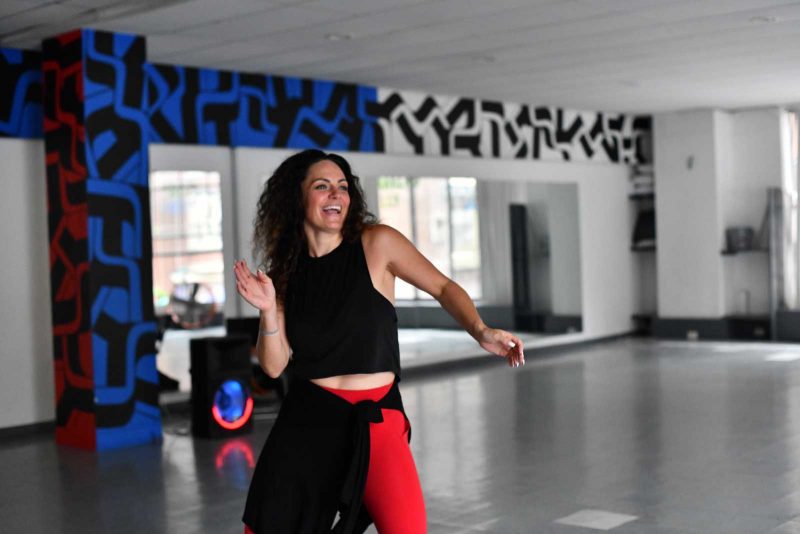
Introduction
Philly House Dance, a freestyle dance movement linked to House Music, is a cultural resource for self-discovery and personal empowerment. This statement has proven true in the past, but might seem less certain because of the global pandemic and social distancing restrictions now in place. However, if you dig deeper, you’ll certainly find archives detailing House Dance’s cultural influence and power to unite all kinds of people. House Dance primarily known for its looping 4/4 rhythms is also legendary for bringing people together from all types of marginalized backgrounds. During the 1980s AIDS crisis, Black, Brown and or LGBTQ communities constructed alternative ways of being in cities confronted with high unemployment, violence, and racism. From the clubs, House Dance emerged in urban areas like Chicago and New York to provide safe spaces for people to dance, socialize, and express themselves freely. As a result, House Dance spread to other cities around the country, including Philadelphia.
Background
Urban Movement Arts (UMA) in Philadelphia represents the story of the House community’s evolution and dedication to pushing the artform forward as the dance movement enters its fifth decade. Vince Johnson, a Philadelphia native, dancer, educator, and founding director of Urban Movement Arts (UMA) is well versed in this contemporary American social dance history. Johnson was mentored by master dancers such as Moncell Durden and Ron Wood, thereby representing a continuous lineage from the pioneers to our contemporary time. Yet, it was through participation in the East Coast House scene that Johnson was able to make broader connections between the Chicago jack, and footwork, lofting styles that were pioneered in New York.
To UMA dancers, House Dance is the creative expression, while House Music is the inspiration. Some of the genre’s most influential DJs and producers include Mr. Fingers, Frankie Knuckles, Larry Levan, and Ron Hardy, while the city of Philadelphia features local virtuosos such as King Britt, Lee Jones, Rich Medina, Viktor Duplaix and Dozia. Among the most well known dancers are Caleaf Sellers, Ejoe Wilson, Shannon Shelby, Brooklyn Terry, and the late Marjory Smarth. The city of Brother Love’s roster consists of Ron Wood, James “Cricket” Cotler, Moncell Durden, Shachon Kasey, and Dave Austin. While the newer generation features Kyle Clark, Dinita Clark, India Bernardino, Three, Tyger-B, and the Hoodlockers — some of whom teach at UMA.
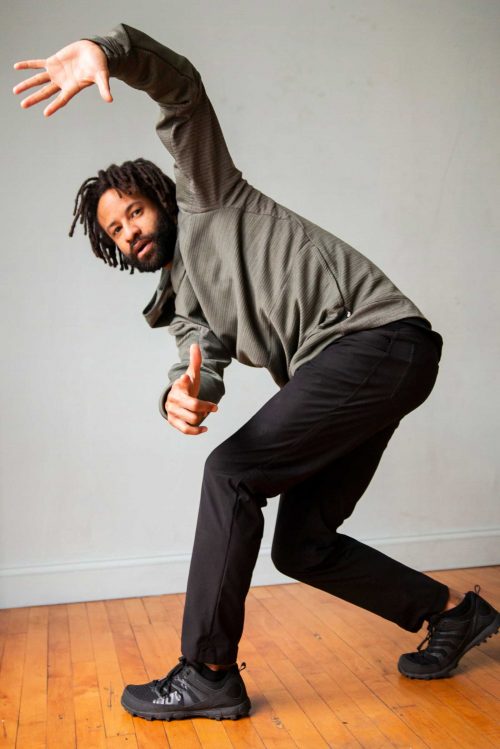
Inspiration for UMA
Johnson said his initial inspiration for UMA was “about providing people with a platform to really learn about movement versus just, let’s go teach a dance class and give people an experience.” Johnson graduated from Villanova and founded UMA in 2017 to provide dance students with the same “transformative” experience that dance gave him and his friends while growing up in Philadelphia. For instance, many of the dance teachers at UMA have long standing relationships going back to local venues such as Silk City and the now defunct Zanzibar Blue. While Zanzibar Blue was before Johnson’s time, he describes his earliest impressions of dance as being a young fan of Michael Jackson, and identifying with the imagery in the “Remember the Time” music video. Mesmerized, Johnson began imitating the movements from dance videos and copying martial arts from Teenage Mutant Teenage Turtle cartoons. These early influences, including family, helped Johnson develop a deep appreciation for dance movement and community. In turn, the creation of UMA “represents the carrying of the torch, by disseminating knowledge about House Dance culture and inspiring a new generation to dance in clubs,” said Johnson.
However, despite the vibrant communities that have formed within the local scene, many Philadelphia House Dance spaces have closed over the years (some of which are Egypt, Black Banana, The Nile, Revival, Fluid, and the Aztec club). Johnson said, “The music for sure is being listened to more than ever. But, the dancers have fewer spaces where they can build and express themselves.” Johnson attributes the disappearance of these dance spaces in Philadelphia partly to changes in club management trends and capitalism. Meaning, club managers are less concerned with supporting a dance space and more concerned with selling drinks. Johnson said, “Historically, dancers have not contributed much to this end as their main focus has been on dancing” That single pursuit has played an important role in the arrival of House Dance in Philadelphia.
House Development in Philadelphia
Ricky Evans, a House Dance educator at UMA — and member of the highly acclaimed dance collective, the Hood Lockers said, “Many Hip Hop dancers migrated from Hip Hop to House Music clubs to avoid violence and focus on dancing.” Johnson adds that, “The dancers in the Philadelphia community were more eager to grow their crafts, so they would travel to where other good dancers were. Specifically, the New York scene which had more dancers, and many of the top iconic dancers. It was a fertile space for Philly dancers to learn — especially the House Dance Conference, a monthly event run by Brian Green at the Shelter club each Thursday in New York.”
Evans describes the renowned Latin Quarters Club in New York as being influential to his development as a dancer. Whereas, Ron Wood, a former dancer with Rennie Harris’s Pure Movement, and Capoeira teacher now at UMA connects “Philly’s House Dance roots to hoofing, stepping, and tap.” Wood said each city has its own unique style, but when it comes to Philly’s House Dance style, “it’s all about freedom of expression.” Evans agreed and said, the “Raw Philly style goes beyond vocabulary and transcends into something more abstract, that is harder to teach — learning your body and finding what works for you.”
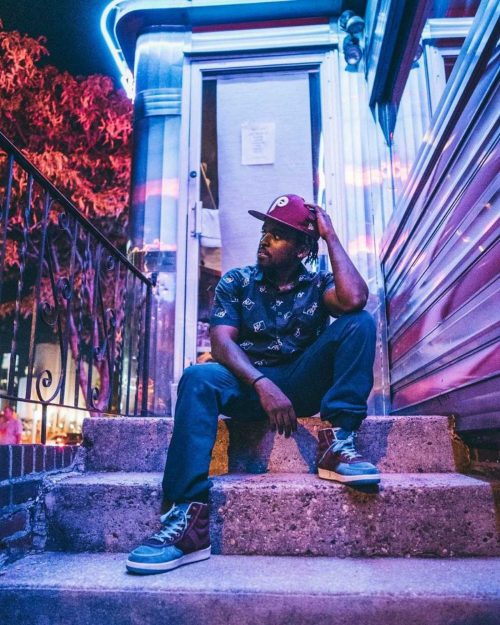
A Space to Integrate Styles
Laurel Card, a former member of Montazh Dance Company, who teaches Latin House at UMA said she “was personally able to discover relationships between Latin Ballroom dance, Hip Hop and House” since they share common African roots. Card goes on to say “that many of the disciplines’ movements are identical, however, the grooves change according to the style.” Thomas F. Defrantz, a Professor of African and African American Studies and Dance at Duke University, has made similar connections, however this is not always expressed in traditional dance studios. Instead, many schools are known for drilling choreography at the expense of history and self-expression. Whereas, UMA takes a different approach by encouraging its students to not only learn technique, but also to find themselves in the movement. One student’s Yelp review affirms this view by saying, “This is by far the best dance studio I’ve ever been to! They have a wide variety of classes with a particularly deep focus on street styles and African diaspora genres.” Students can choose from taking courses in either House, Hip Hop, Bachata, Salsa, Break Dancing, Capoeira, Waacking and more. Johnson said, “UMA is building a community of ‘House Heads’ to create future opportunities for master classes with the dance’s originators.” Therefore, UMA is at the nexus of history and moving the dance culture forward.
Preserving the Legacy of House Dance
Nevertheless, we often hear about restaurants being threatened with closure due to the pandemic, but a lot less is heard about dance spaces. This is unfortunate because resources like UMA are a valued community asset which adds to the social and cultural fabric of Philadelphia. As a result, UMA is not only a supportive space for dancers, it’s also a pillar for families in the Philadelphia community. UMA’s children’s arm, Movemakers Philly provides enrichment opportunities for kids after school. These efforts, along with on-line and outdoor classes connect with UMAs mission to sustain the legacy of Philly House Dance. So if you’re interested in joining a forward thinking community and getting your groove on, perhaps you should check out a class at Urban Movement Arts this winter.
You can check out the Urban Movement Arts class roster, and/or sign up for a class, here.
